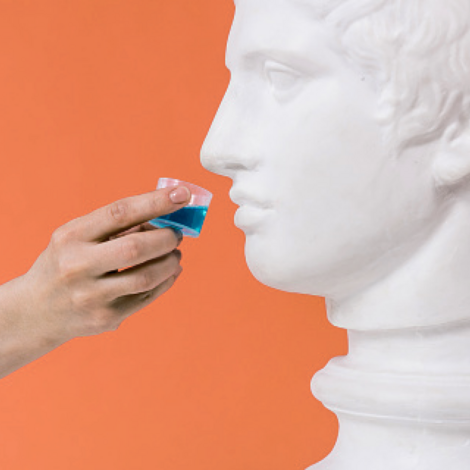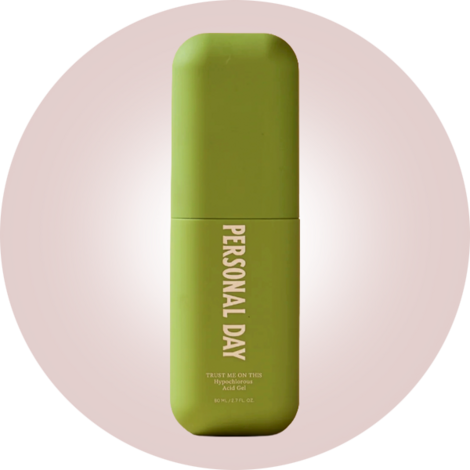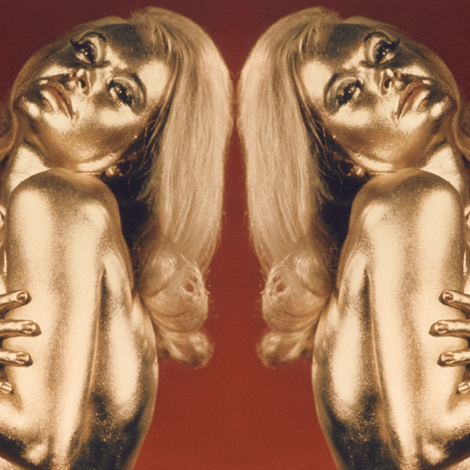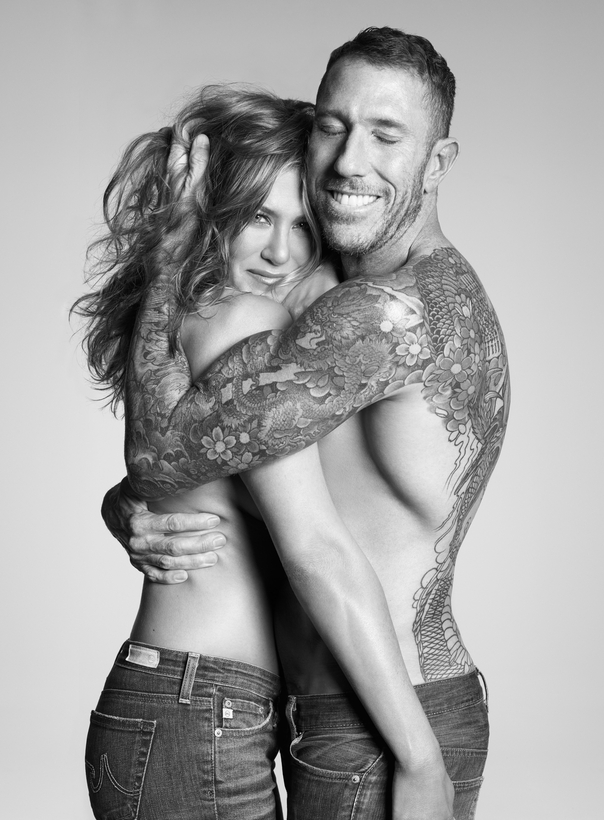You know those stories that start with, “There are two kinds of people in the world?” No, there aren’t. Where this subject is concerned, there is one kind of person in the world, and that is everyone who complains about their hair. It’s everyone who has no earthly idea what to do with their hair. It explains bangs and remorse for bangs. It explains perms, too, but fortunately, most people who hate their hair know that there’s only one thing worse than their hair, and that’s their hair permed.
Oh, wait! I actually know someone who likes her hair. She waltzes into a party looking like Catherine Deneuve in Belle de Jour and says, “Guess when I last washed my hair?” I fall for it every time. An hour ago? At a salon? In Paris? “Last week,” she says before sashaying off, hair undulating cruelly like a taunt.
There’s a way to stop hating your hair, and it used to require eight weeks of patience, a trip to Beverly Hills, and $1,200. Sure, that’s a lot. But the reward is an appointment with Chris McMillan, the person who created the Rachel cut for Jennifer Aniston and has been her hair whisperer ever since. He also did the gamine cap for Michelle Williams and the “cunty bob” for Leslie Bibb in White Lotus (“it fit her character perfectly, she was like the new Karen,” says McMillan). Cindy Crawford, Anne Hathaway, Miley Cyrus, Bruce Springsteen, Sarah Jessica Parker, Julia Roberts—they’ve all submitted to his scissors.
I did, too. When I visited McMillan at his salon on Burton Way, I actually loved my hair for almost 24 hours. He was a ball of kinetic energy who talked almost nonstop as he snipped and tossed my hair about, transforming it into something that looked offhand and cool. At a dinner party that night, every time I passed Chris, he tousled my hair this way and that, and every time it looked better than before. It was a perfect night.
Now, there’s hope for those who don’t feel like traveling thousands of miles and shelling out the big bucks for good hair. McMillan is bringing out a line of hair styling products that aims to change our dysfunctional, damaged, frayed relationship with our hair once and for all. That’s a big promise, but I’d put money on it. “I don’t want to say they’re dummy proof, but …” That’s okay; I’ll say it. “I want everyone to have more good hair days.” A man can dream.
It takes some commitment from us, the hair inept. First, you need a good haircut—not necessarily a $1,200 good haircut, but something with fresh ends and a little shape. “Everyone’s always like How can I do this myself? It’s 50 percent showing up and getting a haircut,” McMillan says.
The other 50 percent can be categorized as, I’m sorry to say, doing the work. The thing that most people get wrong about their hair is “they do it really fast,” says McMillan. “Slow down a little. Look at it, think about it, execute it. People are spending time on their makeup now, underpainting and contouring. Put a little bit of that effort into your hair and you’d be amazed.”
Much of McMillan’s formative years in product terms were spent with the MIT scientists who created Living Proof, where his title was “celebrity hairstylist.” He says, “That was a gift. That really taught me how to formulate a product. I was with the best of the best.”
For his own line, which he created with his partner Kenny McGranahan, McMillan doesn’t want to be too tricky or avant-garde. He intends to “take the preciousness out of hair. I brought back the classics with modern science and new ingredients,” he says. “It’s really basic stuff that we forget people don’t know.”
How basic? He’s reviving mousse. He’s revisiting hairspray. He’s recommending a wide-tooth comb as a crucial instrument.
He’s also getting a little bossy, in the nicest, most people-pleasing way. He wants everyone to stop applying hair oils, balms, and blow-dry sprays to their roots. Instead, we should focus a small amount from the mid-lengths to the ends, distributing it with that wide-tooth comb.
You’ve undoubtedly seen those YouTube videos of people dividing their wet hair into sections, clipping some of the sections out of the way, and blow-drying or curling from there. You know what’s boring? Sectioning your hair. Too bad; McMillan insists on it. Then, he kindly suggests always blow-drying your roots and skimming a little balm over the ends to keep them from frizzing.
After that, haul out the hairspray and don’t roll your eyes. “Hairspray has gotten a bad name. But I don’t care who you are, everybody uses it. I’ll tell you who uses it. Hairdressers.” McMillan’s hairspray, “comes out soft, but it’s got a punch.” He spritzes it to lift the roots, to give hair texture, and to protect hair from damaging hot tools. Need inspiration? Look at a video of Yves Saint Laurent, the man, lavishly spraying his hair with Elnett before going out on the runway to take a bow. “I love that,” says McMillan.
Unlike Saint Laurent’s hair, all due respect, the styles McMillan executes never look stiff, perfect, or helmet-like. “I love an Avedon picture where everything’s flying, everything’s movement and texture,” he says. “I’m not interested in stagnant glamour. I always liked Marilyn Monroe’s hair when it was messed up. Next-day hair.”
McMillan landed on the map when an unknown actor in an unknown TV show asked him for a new haircut. He went to town, giving her “basically the Amber Valletta cut in the Gucci ads by Tom Ford in 1995.” Jennifer Aniston clearly knew a good thing when she saw it and managed to avoid getting sucked into the Hollywood glamour trap. “She’s always worn cool hair on a red carpet. She’s always worn it down.” The trick to a formal award-show look is not a ball gown and an immovable hairdo. “You want to feel sexy, you want to flip your hair from side to side, you want a dress that you can go to the bathroom in. I’ve learned from the best.”
I bet Aniston doesn’t hate her hair. Maybe there really are two kinds of people in the world. Although I doubt it.
Linda Wells is the Editor at Air Mail Look





